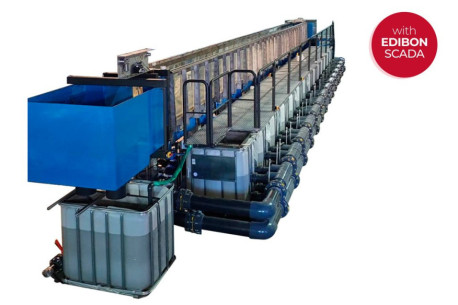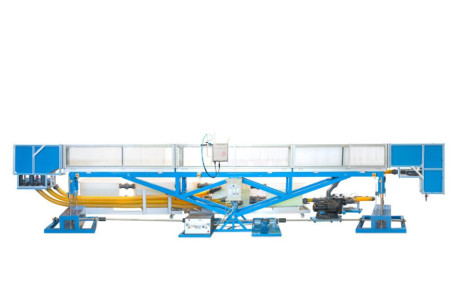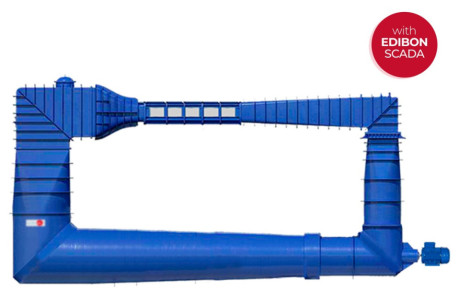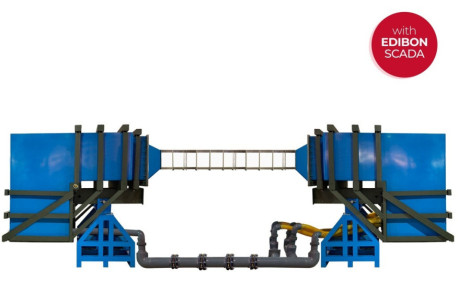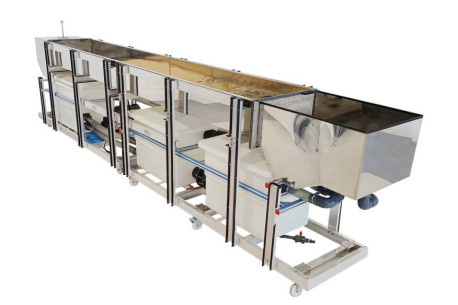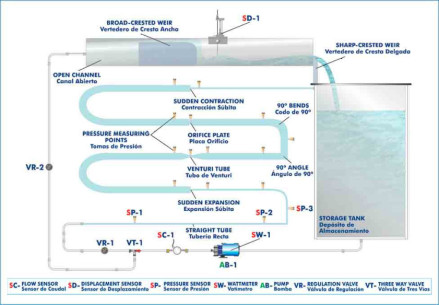FOR FURTHER INFORMATION, CONTACT US
8.5.- HYDRAULIC CHANNELS
Water is the fundamental element used by living beings and, since ancient times, different devices have been developed for its distribution and consumption, such as channels.
View moreThe hydraulic or open channel or, simply, channel is defined as a piping system open to the atmosphere and used to transport fluids in which it is displaced by its own weight and the slope of the structure.
A channel can be a natural formation (rivers or streams) or a man-made structure, even a partially filled pipeline is considered a channel. The structure of the channels may be of different geometries and manage different flow conditions (uniform permanent flow or non-uniform flow) and discharge conditions (subcritical, critical or supercritical).
The channels can be characterized by the following main parameters: depth, top width of the section, bottom, wetted perimeter and the slope of the channel. Besides, many types of control structures have been designed for the regulation of flow rates and measurement of discharge, such as weirs (sharp-crested or broad-crested and siphons) or gates of different geometries.
The channels play an important role in engineering, covering in a broad sense many liquid flow situations. Some examples of channels with different types of applications are: the ones used in agriculture for irrigation, in navigation for freight transport or for recreational uses, for transfers of fluids, in hydroelectric power plants to allow the circulation of the water used for the electricity generation, for drainage or overflow, in ditches, etc.
View Products Cookie preferences
Cookie preferences



